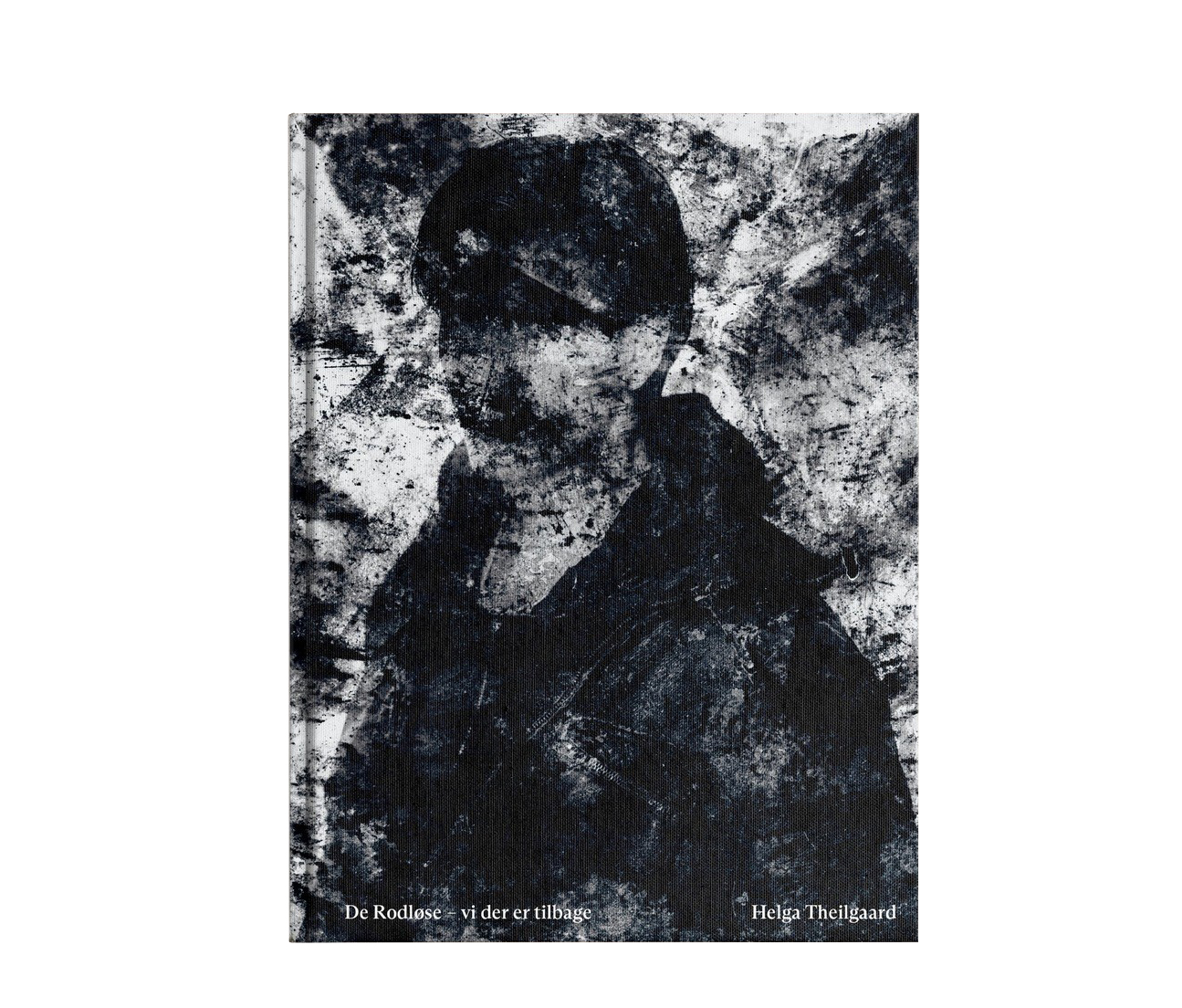How do you portray people who are no longer with us? Danish photographer Helga Theilgaards work ‘De Rodløse – vi der er tilbage’, focus on the excess mortality among homeless. Blurred by black and white patches, the dissolved faces appear unrecognizable. As a testimony of the people who in 2008 stood in front of Helga Theilgaard’s camera in the studio in Copenhagen and told their stories. But which in 2021 was no longer around, when she tried to find them again. The rough life on the streets had taken its toll. After seeking out the city’s hostels, and the street network, Helga Theilgaard was shocked. Thirteen out of the thirty homeless persons she had portrayed in 2008 had died of illness, suicide or abuse. Several had disappeared. And others were so ill that they have not had the opportunity to meet her again. The realization that almost half of the people she had previously portrayed were now dead – most far too soon – made Helga Theilgaard change the nature of the project. While the remaining homeless were re-photographed, the portraits of the deceased were first buried and later subjected to a chemical process and re-scanned. In this way, the work is a visual narrative about the excess mortality among homeless people, who can expect to live almost 19 years shorter than people with permanent residence. A tale of how the walls most of us call home not only protect against judgmental eyes, but also shield our bodies when life strikes. And not least a reminder of the enormous inequality that still prevails in Denmark.
Inspiration
-
Gregory Halpern ‘ZZYZX’
340,00 DKK incl. VAT -
Gary Briechle ‘Maine’
375,00 DKKOriginal price was: 375,00 DKK.300,00 DKKCurrent price is: 300,00 DKK. incl. VAT -
Hayahisa Tomiyasu ‘TTP’ (signed)
375,00 DKK incl. VAT
Updating…
- No products in the basket.
- DKK
- €
This site use cookies. Click to accept and please have look at our cookie policy.OkNoPrivacy policy








